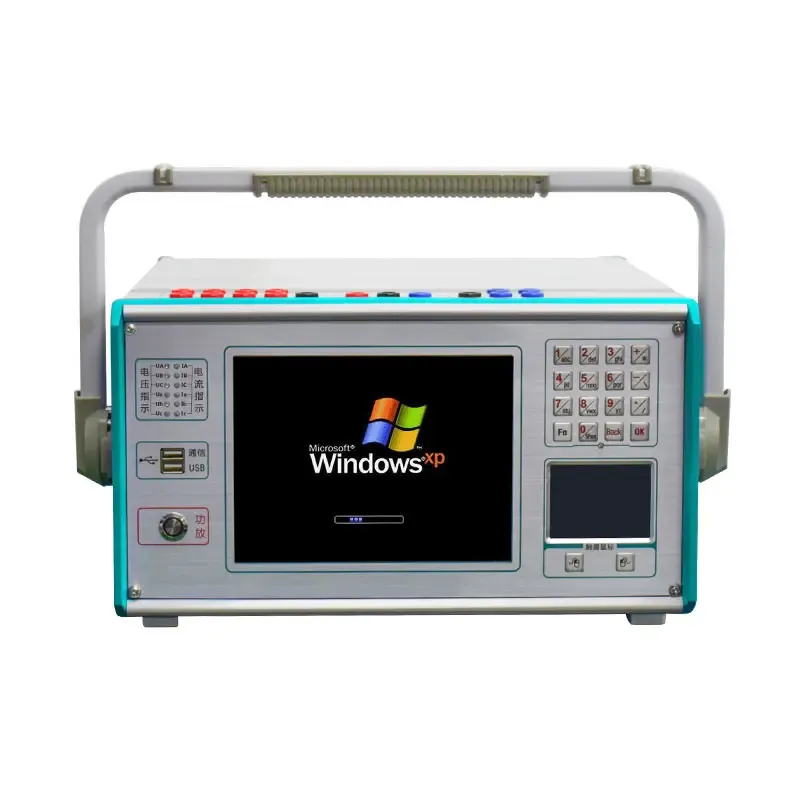 English
English


Innovative Equipment for Automated Titration Processes in Laboratory Settings
Automatic Titration Equipment Revolutionizing Analytical Chemistry
In the world of analytical chemistry, accuracy, precision, and efficiency are paramount. Automatic titration equipment has emerged as a key component in laboratory environments, enabling chemists and technicians to perform titrations with enhanced reliability and minimal human intervention. This technology not only streamlines the titration process but also significantly improves data quality and reproducibility.
Understanding Automatic Titration
Automatic titration involves the use of a sophisticated system designed to perform titrations autonomously. The core of this technology is a titrator, which includes a motorized burette, a stirring mechanism, a detection system, and a computer or control unit. The titrator precisely delivers a titrant to a sample solution until a predetermined endpoint is reached, where the reaction is complete. This process traditionally required careful monitoring by a skilled technician, but the advent of automatic titration equipment has transformed this practice.
Benefits of Automatic Titration Equipment
1. Accuracy and Precision Automatic titration systems are designed for high precision. The motorized burette carefully controls the flow rate of the titrant, reducing human error and increasing the accuracy of measurements. This is particularly important in applications where even slight variations can lead to significant discrepancies.
2. Increased Efficiency By automating the titration process, laboratories can significantly reduce the time spent on routine analyses. Automatic systems can perform multiple titrations consecutively without the need for constant supervision, allowing scientists to focus on data interpretation and other critical tasks.
3. Reproducibility Consistency is vital in analytical chemistry. Automatic titration equipment eliminates variability introduced by human operators, leading to more reproducible results. This is especially beneficial in quality control applications, where consistent product testing is essential.
4. Expanded Capabilities Modern automatic titrators come equipped with advanced features such as pH, conductivity, and electrochemical detection technologies. This versatility allows them to be used for various applications, from acid-base titrations to complexometric and redox titrations, making them a valuable asset in any analytical laboratory.
automatic titration equipment

5. Data Handling and Integration Many automatic titration systems are designed to integrate with laboratory information management systems (LIMS). This integration facilitates seamless data collection, storage, and analysis, enhancing the overall workflow in laboratories.
Applications of Automatic Titration Equipment
The applications of automatic titration equipment are vast. In the pharmaceutical industry, these systems are crucial for the quality control of active ingredients and finished products. In environmental laboratories, they are employed to determine acidity, alkalinity, and various contaminants in water samples. Food and beverage industries utilize automatic titration to ensure product quality by analyzing acidity levels, sugar content, and other chemical properties. Additionally, academic institutions leverage this technology for research purposes, allowing for meticulous studies in chemical interactions.
Future Trends in Automatic Titration
As technology continues to evolve, so too does the field of automatic titration. Innovations such as artificial intelligence and machine learning are beginning to influence the design and functionality of these systems. Future automatic titrators may incorporate predictive algorithms to optimize titration processes based on previous data, further enhancing efficiency and accuracy.
Moreover, the development of miniaturized and portable titration systems may broaden the use of this technology in field applications, making it accessible for on-site testing and analysis.
Conclusion
Automatic titration equipment is a game-changer in the realm of analytical chemistry. By improving accuracy, efficiency, and reproducibility, these systems not only enhance laboratory workflows but also contribute to the advancement of science across various industries. As technology progresses, the potential for automatic titrators to impact research and quality control will only continue to grow, solidifying their place as indispensable tools in modern analytics.
-
Differences between open cup flash point tester and closed cup flash point testerNewsOct.31,2024
-
The Reliable Load Tap ChangerNewsOct.23,2024
-
The Essential Guide to Hipot TestersNewsOct.23,2024
-
The Digital Insulation TesterNewsOct.23,2024
-
The Best Earth Loop Impedance Tester for SaleNewsOct.23,2024
-
Tan Delta Tester--The Essential Tool for Electrical Insulation TestingNewsOct.23,2024





